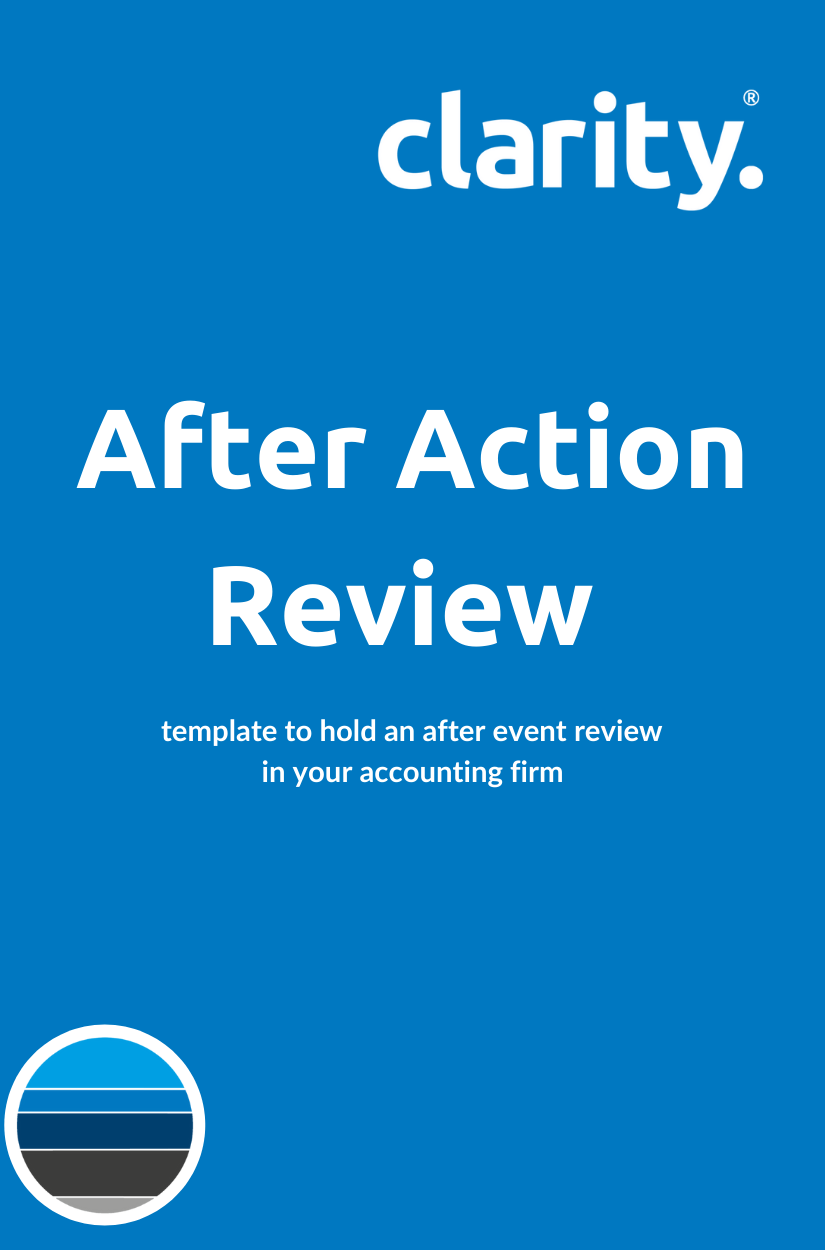
After Action Reviews
After-action reviews (AARs) are one of the greatest ways to improve performance and learning, increase intellectual capital, and share knowledge within an accounting firm.
What are after action reviews?
An AAR is a structured review or debriefing process for analyzing what happened, why it happened, and how it can be done better by the participants and those responsible for the project or event. AARs, in the formal sense, were originally developed by the U.S. Army. Their goal was never to reinvent the wheel. Formal AARs are used by all US military services and by many other non-US organizations. Their use has extended to business as a knowledge management tool. And a way to build a culture of accountability, continuous improvement and knowledge sharing.
Why they help?
The purpose of After Action Reviews is quite simple: learning, improving, and doing better next time. The process involves the team, so it inherently improves their understanding and analysis skills. And when properly documented, a library of AARs builds the intellectual capital of the firm. It provides a structured process that makes sure we can understand what worked well or didn’t. And what we do to either replicate, improve or change to make sure we do even better next time.
Once your team is comfortable dissecting the performance after each engagement, they will be better equipped to make plans and preparations in advance of the next assignment. As Ron Baker said, “As a result, innovation, creativity and risk-taking will flourish as the firm constantly strives for improvement in an iterative process that respects and rewards learning.”
When used frequently, they foster a true team environment.Making everyone responsible for the success of the engagement and they provide a tool for leaders to become more engaged and invested in the success of their teams.
Even if the team is small or only completed by a single employee, they are still an effective way to spread learning and knowledge within the firm.
